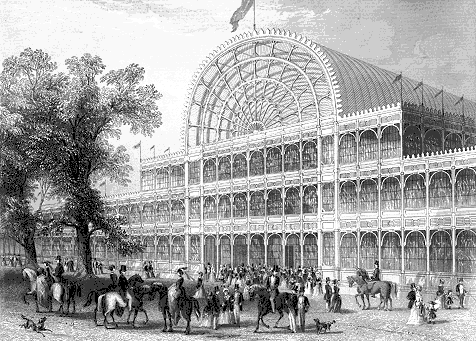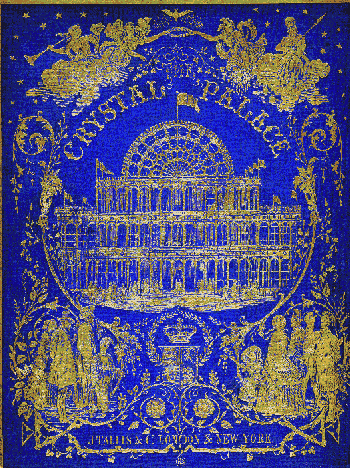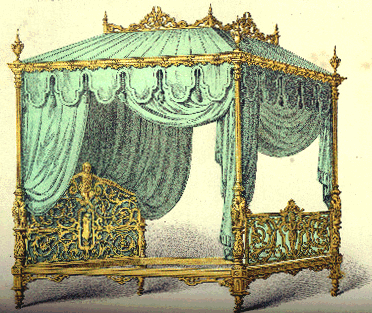The Crystal Palace
Today, we'll go to a Victorian exhibition. The University of Houston's College of Engineering presents this series about the machines that make our civilization run, and the people whose ingenuity created them.
Early in her reign, Queen Victoria and her consort, Albert, hit on the plan of creating a great world-wide exhibition of modern art and design. Sir Joseph Paxton, a botanist and landscape designer, won the task of designing the central exhibition hall, and the building he produced is still talked about by architects.
In 1851, Paxton erected his Crystal Palace -- an amazing glass and iron pavilion, over a third of mile long, with 800,000 square feet of floor space. The construction was an avant-garde cantilevered iron frame with interchangeable prefabricated parts and acres of glass panels. It was certainly influenced by the greenhouses he'd designed earlier, and -- he claimed -- the specific structure imitated the organic design of the Amazon lily, Victoria Regia.
That's all well and good, but the great Victorian engineer Isambard Kingdom Brunel -- himself a worker of wonders in the medium of iron -- greatly admired the Crystal Palace because it was so clearly based on solid engineering principles -- some of which he'd established.
The exhibition drew over six million visitors and was a wonderful success until it was finally dismantled in 1854. It nevertheless represented a peculiar confusion of design styles. Inside this functional array of straight lines were stuffed the busy rounded works of art from earlier eras -- 18th-century rococo, turn-of-the-century naturalism, a little bit of this and a little bit of that.
But the power of the exhibition lay in the element of art that was less explicit -- the engineering of it. Victorian art and design lumbered on in their own ponderous and somewhat claustrophobic way, while Victorian engineering lay its hold on the entire world. The simple truth was that engineering was the major art of the middle 19th century -- something 20th-century functionalists would later admit. In the final analysis, it was the exhibit hall itself, far more than its contents, that captured our imaginations.
I'm John Lienhard, at the University of Houston, where we're interested in the way inventive minds work.
(Theme music)
Clark, K., Heroic Materialism. Civilisation. New York: Harper & Row, 1969, Chapter 13.This program has been rewritten as Episode 1158.
This website offers a picture of the Crystal Palace and additional historical background:
https://en.wikipedia.org/wiki/The_Crystal_Palace

A nineteenth century engraving of the Crystal Palace

The 1851 catalog tried to display the exterior of the building.
However, it did a better job of capturing the Victorian mood of the stuff inside.

Meanwhile, this is a typical of the materiel displayed inside the hall.
(The latter two images are from Tallis's History and Description of the Crystal Palace, 1851.)
(All images courtesy of Special Collections, UH Library)